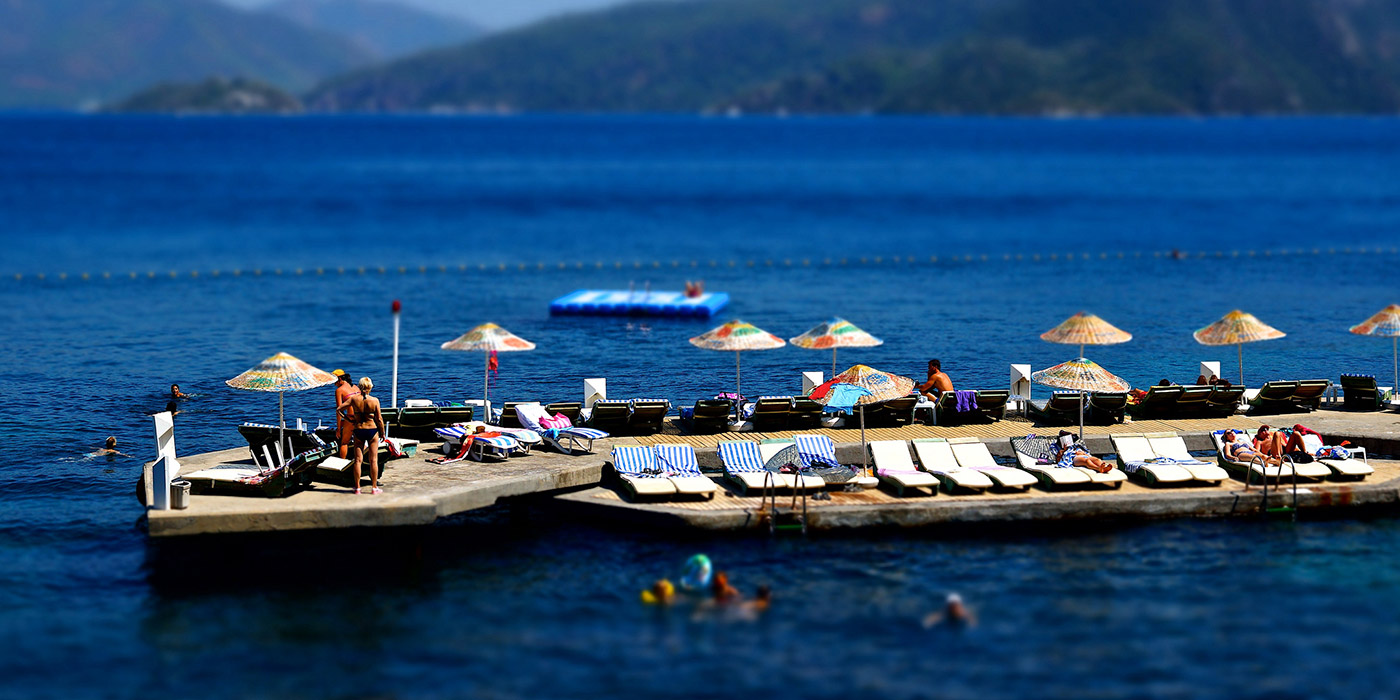Like millions of others, I have been plotting my round-the-world journey and absolute cultural immersion for years.
Vagabondish is reader-supported. When you buy through links on our site, we may earn a small affiliate commission. Read our disclosure.
Sometimes, a lengthy trip just isn’t possible. For various reasons (family commitments, financial priorities and other responsibilities), you may end up working a 9-to-5 gig. This means you are given a few fleeting vacation days off a year, often amounting to just two weeks. That’s 14 days out of 365 you can dedicate to venturing into the unknown.
Deciding how to use those days can be quite the challenge for those who equally love their careers and also love to travel. Having dealt with that situation numerous times myself, I’ve managed to figure out the best ways to stretch your vacation days into a full-blown adventure.
#1: First Decide How to Spend Those 14 days
Do you want to take two (2) longer stints or four (4) short city breaks? Do you want to travel halfway across the world, or just hop over the Atlantic?
Choosing how to allocate those days is based on your individual travel style and travel goals for the year. A reasonable travel goal could be this: You want to volunteer in Nicaragua, experience San Fermin (Running of the Bulls) in Pamplona, and take a city break to Krakow, Poland before the end of the year.
Remember: You may also want to save a few days for when you are summoned by family for Thanksgiving and Christmas holidays.
#2: Yes, Do Travel Around Holidays
By traveling around holidays twice or thrice a year, it allows you to make the most out of your allocated days.
Planning your trips around holidays means you can save vacation days.
For example, if you want to travel to Spain and spend 9-10 days, leaving on a Friday evening and returning the following weekend, with Monday being a holiday in-between means that you will travel for 10 days but only take four (4) work vacation days. This leaves you with a balance of eight (8) vacation days.
By traveling around holidays twice or thrice a year, it allows you to make the most out of your allocated days.
#3: Have Flexible Travel Plans
You can argue that airfare prices might be higher around holidays. By picking holidays that fall around or flank the international travel off-season (for example, Memorial Day weekend in May or Labor Day weekend in September), you will find reasonable prices.
For travelers intently seeking cheap vacations, this means watching for low fares and being able to travel on a whim. Airlines such as United and Delta send out regular emails with loads of international airfare sales.

Warsaw, Poland © Lola Akinmade
#4: For Short City Breaks, Use Budget Airlines to Cut Costs
Four or five day city breaks mean leaving mid-week (for example, on a Wednesday evening) and returning on a Sunday (or Monday if it is a holiday). This means you take only two vacation days off (Thursday and Friday), but use up your weekend as well.
For example, if you want to travel to Dublin or Edinburgh for a short break, flying to a larger hub like London will be much cheaper than directly to your destination. From London, you can hop on one of the many budget airlines like Easy Jet and Ryan Air which run roundtrip fares as low as 20 pounds ($40). If you’ve already looked into cheap travel insurance then you’ll be making a huge saving.
These budget airlines also fly to many cities in Europe such as Sofia, Bulgaria and Poznan, Poland so your city break options are limitless.
#5: Traveling to Farther Destinations Like Asia or South America on Only 12 Days
A short break to Buenos Aires or Tokyo seems very unrealistic; however, don’t strike them off your list just yet. Try focusing on one activity, event or festival when traveling to farther destinations.
If your goal is to go hike the Inca Trail to Machu Picchu, you can take a 10-day longer stint (weekends included of course!) and visit Peru for this specific purpose. You can also visit Cuzco or nearby cities as a daytrip.
#6: Use Time Differences to Your Advantage
If you travel eastwards to Europe from the US, you will move ahead a couple hours. If you travel westwards to Central and South America, you will fall behind a few hours. So returning from Europe on a holiday Monday means you arrive on the same day. This obviously does not count towards your vacation days.
When traveling to South America, you will arrive on the same day you depart, which means you will not lose any additional days.
#7: Volunteer Internationally
You can still get to off-beaten locations and paths by volunteering for 7-12 days (including weekends) with international organizations that operate in less touristy locations. You can work at an orphanage in a remote part of Central America or work with school children in Cambodia.
GlobeAware offers short-term (one week) volunteer opportunities that focus on cultural awareness and sustainability. This will focus your trip by allowing you to interact with the locals, and give you a real insight into their way of life and customs.
#8: Explore Your Own Backyard
Whether it is visiting Chinatown in San Francisco or learning more about Native American culture in the Southwest, you can still immerse yourself in culture without leaving the country. (Tim Patterson wrote an excellent article on the topic of local travel)
Overall, nothing beats extended travel and total immersion. As an avid traveler myself, I operate under that school of thought. Until you get to that point personally, you can still work with what you have.




